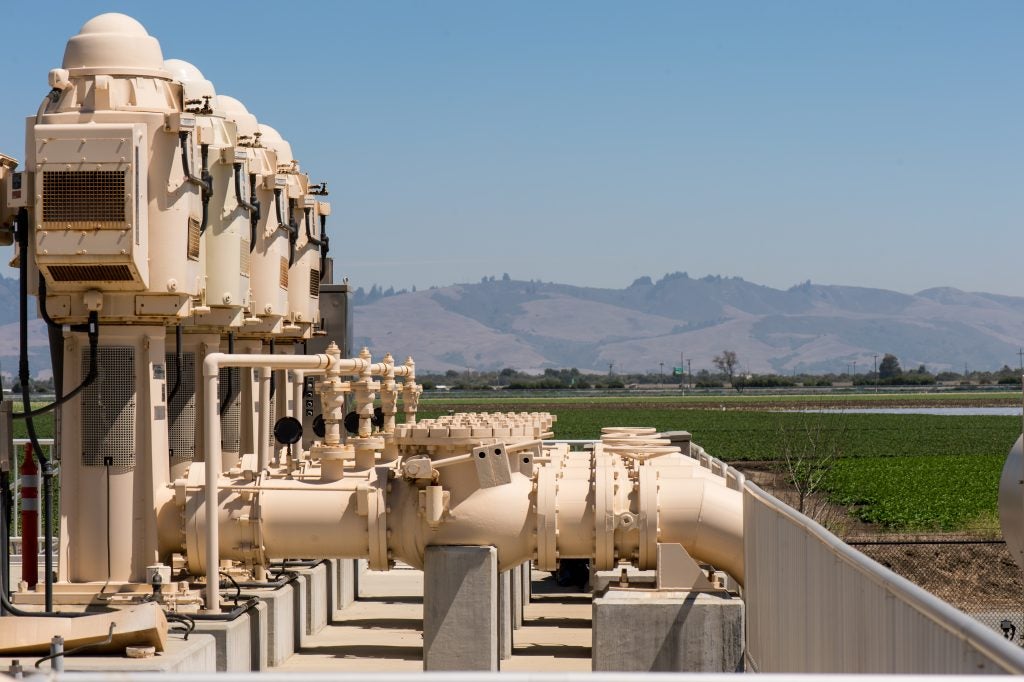by Christina Babbitt and Daniel M. Dooley, New Current Water and Land
Over the next two years, more than 100 groundwater sustainability agencies in California will have to hammer out a plan to make their groundwater basins sustainable.
But as mangers in many areas work to combat decades of over-pumping, they face a major dilemma: In dividing the groundwater pie to avoid overuse, they can’t change Byzantine groundwater rights that date as far back as 1903.
In a new working paper, “Groundwater Pumping Allocations under California’s Sustainable Groundwater Management Act,” Environmental Defense Fund and New Current Water and Land – a California-based consulting firm – provide water managers with a recommended approach to navigate this challenge and develop plans that are more durable, and thus likely to succeed, under the new Sustainable Groundwater Management Act (SGMA).

Groundwater pumps in California’s Pajaro Valley. Photo credit: USDA
Choosing which approach is best is a critical step for cutting back groundwater use, which many basins will have to do, and for creating water trading systems, which many basins are considering to better manage increasingly limited groundwater. Before you create a market, you have to define who has how much – in this case, groundwater pumping rights – in order to trade. Read More









